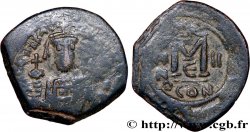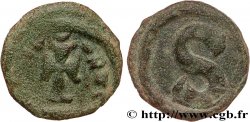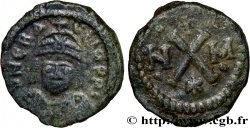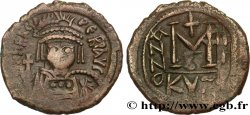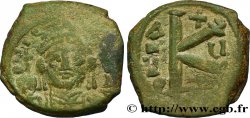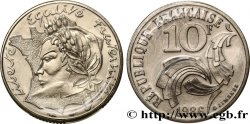v36_1166 - HERACLIUS Solidus sur flan épais
MONNAIES 36 (2008)
Starting price : 650.00 €
Estimate : 950.00 €
Realised price : 931.00 €
Number of bids : 4
Maximum bid : 950.00 €
Starting price : 650.00 €
Estimate : 950.00 €
Realised price : 931.00 €
Number of bids : 4
Maximum bid : 950.00 €
Type : Solidus sur flan épais
Date: indiction 14
Date: 610-611
Mint name / Town : Carthage
Metal : gold
Millesimal fineness : 1000 ‰
Diameter : 15 mm
Orientation dies : 6 h.
Weight : 4,48 g.
Rarity : R3
Coments on the condition:
Exemplaire de qualité exceptionnelle pour ce type de monnayage. Portrait de toute beauté. Revers fantastique. A conservé son brillant de frappe et son coupant d’origine
Catalogue references :
Predigree :
Cet exemplaire a été acheté en 1954
Obverse
Obverse legend : D - N ER-ACLIO P P .
Obverse description : Buste couronné, diadémé, drapé et cuirassé de face, tenant le globe crucigère de la main droite.
Obverse legend : ID
Obverse translation : “Dominus Noster Heraclius Perpetuus quartum decimum”, (Notre seigneur Héraclius perpétuel an 14).
Reverse
Reverse legend : VICTORI-A AVCC I(DELTA)// CONOB.
Reverse description : Croix potencée posée sur trois degrés.
Reverse translation : “Victoria Augustorum quartum decimum”, (La Victoire des augustes an 14).
Commentary
Flan large pour un solidus de Carthage. Première année de frappe pour l’atelier de Carthage avec l’indiction 14 correspondant à l’année 610/611. Mêmes coins que l’exemplaire du Dumbarton Oaks Collection, pl. XVIII, n° 202 provenant de la vente Vinchon du 13 septembre 1951 et du trésor nord-africain, P. Grierson, A Byzantine Hoard from North Africa, NC. 1953, p. 146-148, n° 13. Vue la date d’achat de notre exemplaire, il y a de fortes chances que ce solidus provienne de la même trouvaille.







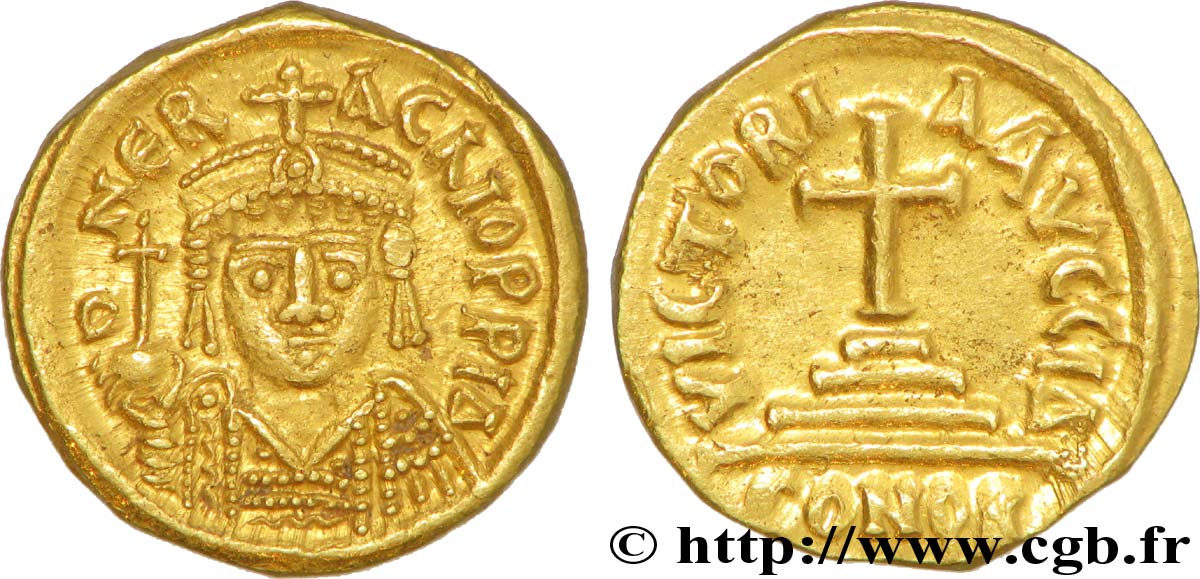
 Report a mistake
Report a mistake Print the page
Print the page Share my selection
Share my selection Ask a question
Ask a question Consign / sell
Consign / sell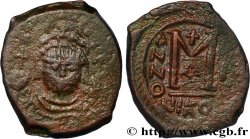
 Full data
Full data